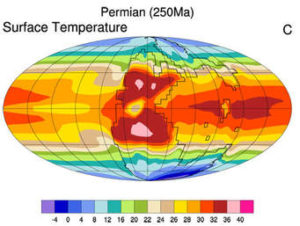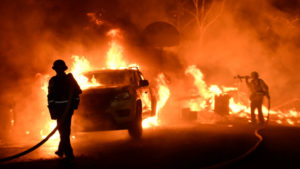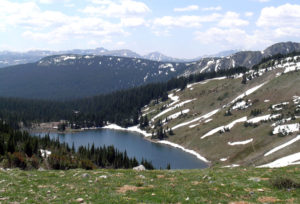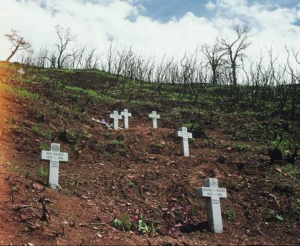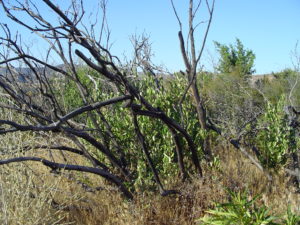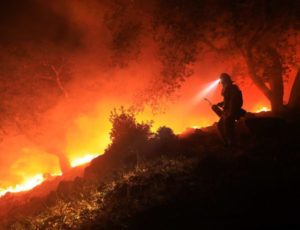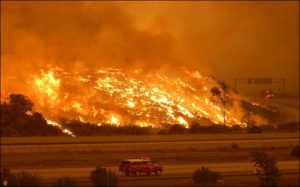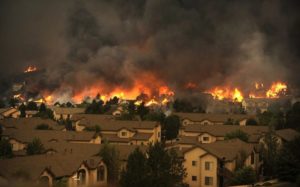Notes on Climate Change
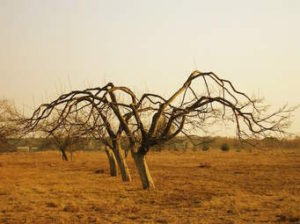 Everyone who thinks is aware of the impact climate change on our weather. Drought in some places, more violent storms, and water coming out of manholes in South Florida. Drought may be a cause of the instability in the Middle East. People forced off the land move to the cities, always hotbeds of turmoil. The west coast of central America has also had a drought resulting in crop failures, with many coffee trees dying. The people displaced move to the barrios in the cities. California has had its cycle of wet years followed by drought, fires, and flooding when the rain returns. The cycle is mostly intact, but extended drought followed by huge fires seems to intensify the cycle. The rains, when they come, are stronger, with big debris flows devastating large areas.
Everyone who thinks is aware of the impact climate change on our weather. Drought in some places, more violent storms, and water coming out of manholes in South Florida. Drought may be a cause of the instability in the Middle East. People forced off the land move to the cities, always hotbeds of turmoil. The west coast of central America has also had a drought resulting in crop failures, with many coffee trees dying. The people displaced move to the barrios in the cities. California has had its cycle of wet years followed by drought, fires, and flooding when the rain returns. The cycle is mostly intact, but extended drought followed by huge fires seems to intensify the cycle. The rains, when they come, are stronger, with big debris flows devastating large areas.
We are in the anthropocene, a time of massive human impact on the earth. Climate change is a result of dragging hydrocarbons out of the ground, burning them, and returning carbon dioxide once sequestered to the atmosphere. Atmospheric CO2 traps heat, warming the oceans. Warmer water holds less oxygen, meaning many sea creatures are killed.
The Permian Extinction was about 252 million years ago. A major cause was a huge increase in CO2 due to a number of factors, mainly extensive lava flows in Siberia releasing CO2. Lots of sea life died, but the land got greener and wetter, again sequestering CO2 as coal and petroleum. There are other factors to the extinction, but the result was 98% of sea life dying, with more than 70% of land life. It took about 10 million years for life to recover.
We are not going to see a die-off of that magnitude anytime soon, but the climatological and geological records illustrate the risks. The science is clear, and science offers the remedies, but taking action is a political matter. Here is where an old adage comes in to play. “Money Makes the World Go ‘Round.” Lots of businesses are making money producing and burning hydrocarbons. Those businesses strongly influence political decision making. Our Current Leader is mainly motivated by money, so you do the math.
It is getting bad, folks. It looks like it is going to get worse. I Hope reason and sanity will prevail in time.
